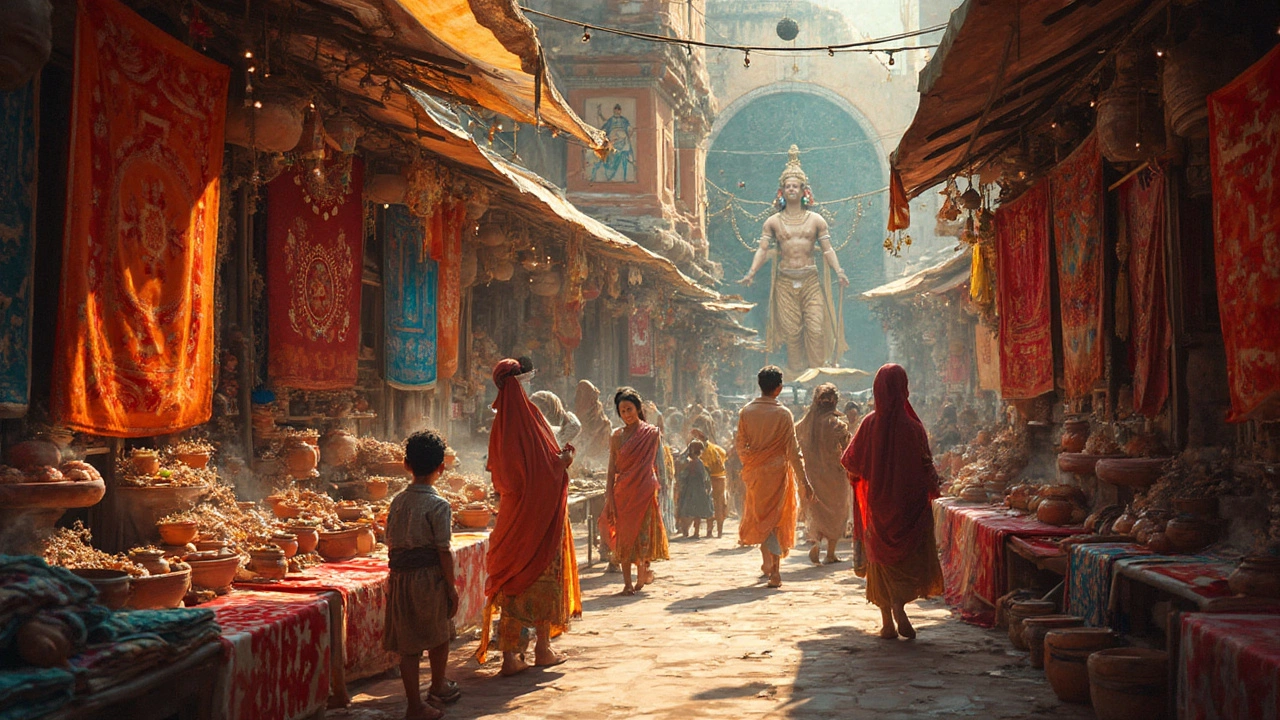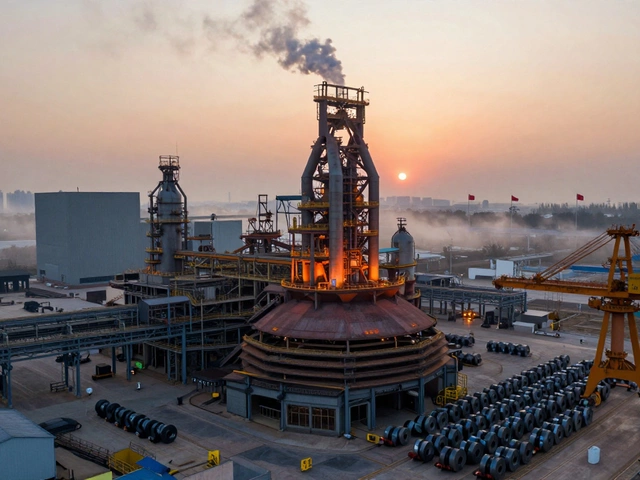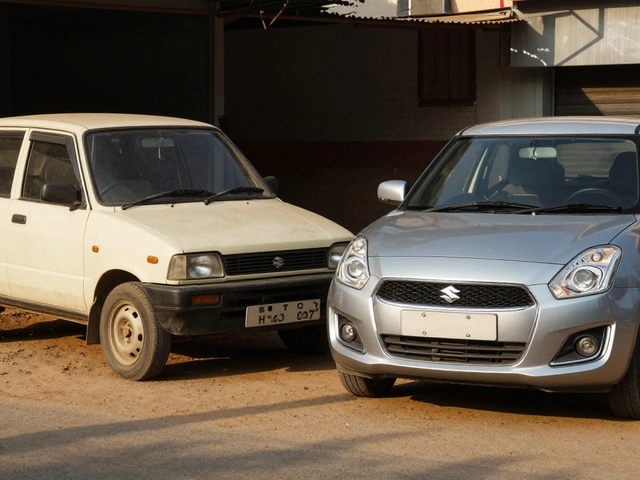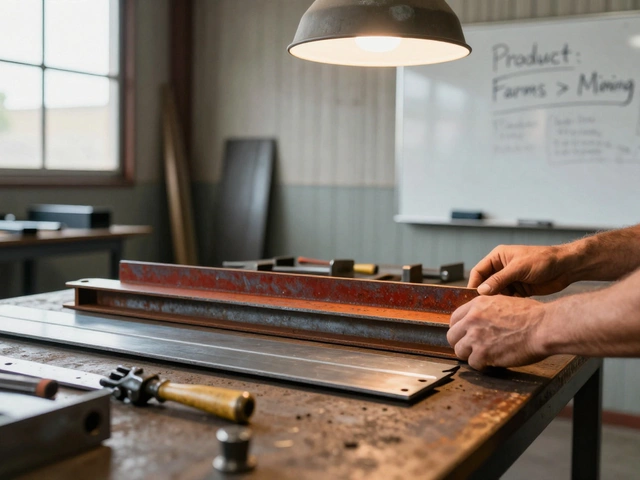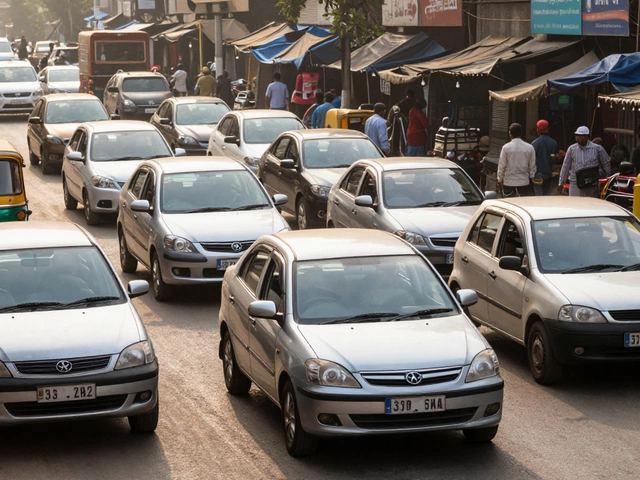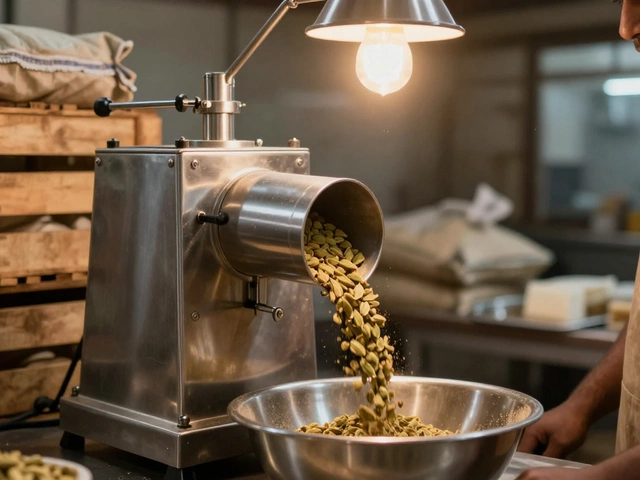India Textile History: From Ancient Looms to Modern Mills
When you think of Indian textiles, you probably picture bright saris, intricate block prints, or high‑tech fabrics made in huge factories. What most people miss is the journey that got us here – a story that starts thousands of years ago with hand‑spun cotton and ends in today’s automated mills. Let’s walk through the key moments that shaped India’s textile heritage.
Ancient Weaving and Traditional Patterns
Archaeologists have found cotton fibers in the Indus Valley that date back to 5000 BC. Those early weavers used simple hand‑spindles and wooden looms, but the quality was impressive – the cloth was soft, breathable, and perfect for the sub‑tropical climate. Over the centuries, regional styles emerged: the fine muslin of Bengal, the heavy silk of Varanasi, and the vibrant ikat of Gujarat. Each region developed its own dyeing techniques, from natural indigo to turmeric, creating patterns that still inspire designers today.
What kept these traditions alive? Mostly a mix of community demand and patronage from royal courts. Kings and nobles commissioned exquisite fabrics for ceremonies, and artisans passed down their skills through family guilds. Because the work was hand‑crafted, every piece had a story – a motif might represent a local legend or a seasonal festival.
Colonial Era and Industrial Growth
British rule turned the textile sector upside down. Colonizers flooded the market with cheap, machine‑made cotton from Britain, which undercut local weavers and caused many to abandon their looms. At the same time, the British set up the first modern mills in Bombay and Ahmedabad in the mid‑1800s, using imported machinery and European management practices.
These mills sparked a new kind of textile industry. Workers shifted from home‑based handloom work to factory floors, learning to operate power looms and spin frames. The shift wasn’t smooth – labor unrest, poor wages, and health hazards were common. Yet, it laid the groundwork for India’s later status as a global garment exporter.
After independence, the Indian government launched the “Textiles Mission” to revive both handloom and mill sectors. Programs offered subsidies, skill‑training, and infrastructure upgrades. By the 1990s, India became the second‑largest textile producer in the world, blending traditional craftsmanship with modern technology.
Today, you can find a village weaver in Kanchipuram still hand‑crafting silk saris, while a high‑tech plant in Surat churns out millions of polyester blends for international brands. The coexistence of old and new is what makes India’s textile story unique.
If you’re looking to source fabrics or understand market trends, remember that history matters. Handloom fabrics often command premium prices because of their heritage, whereas mill‑produced textiles win on volume and cost efficiency. Knowing which segment fits your need can save time and money.
So, whether you’re a designer, a buyer, or just curious, the next time you touch a piece of Indian cloth, think about the centuries of skill, the colonial upheavals, and the modern innovations that all weave together to create what you see today.
Indian God of Textiles: History, Culture, and Industry Ties
Ever wondered who the Indian god of textiles is? This article uncovers the traditional stories, local legends, and historical roots linking gods to India’s rich textile tradition. You’ll see how mythology influences modern-day factories and the everyday fabric you wear. Learn why certain regions look to different deities and how this culture shapes today’s textile manufacturing. Plus, we’ll share fun facts and tips to spot these influences in your own shopping.
Read More